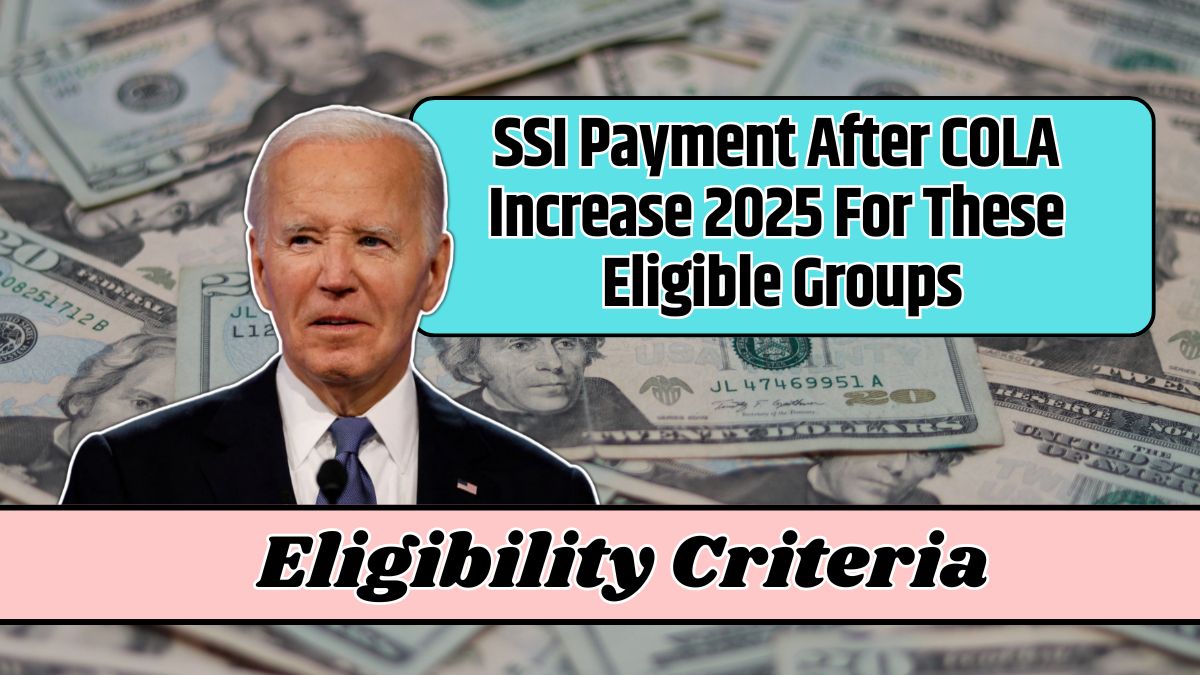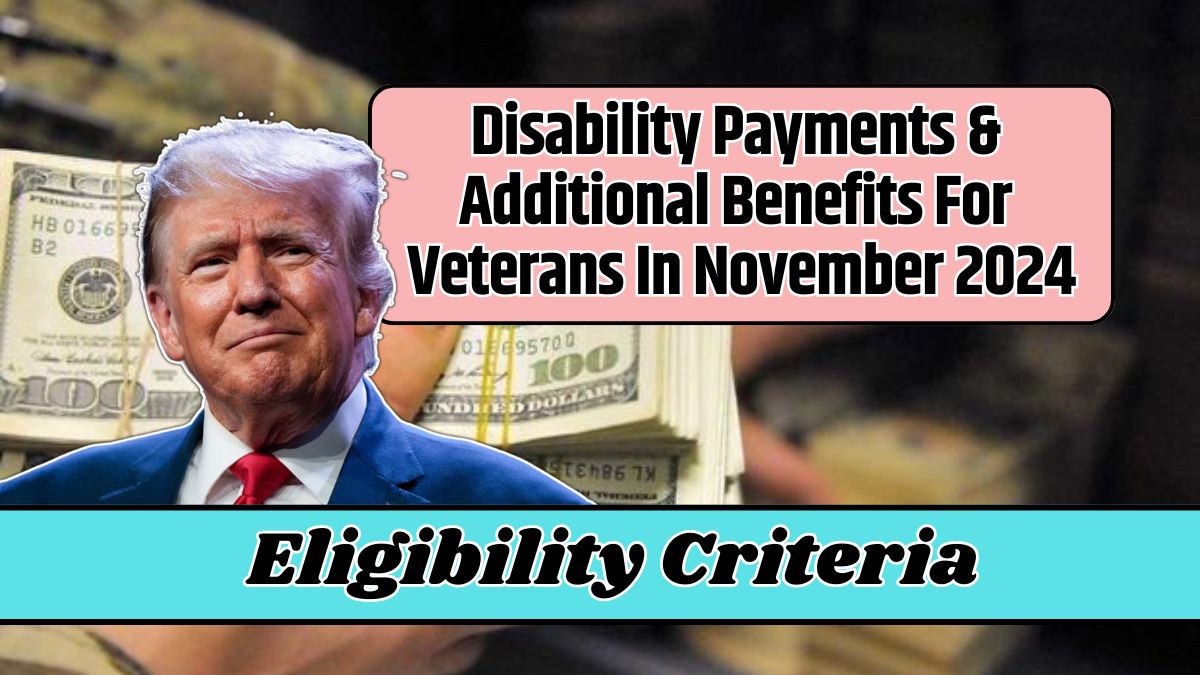Supplemental Security Income (SSI) is a federal aid program providing monthly financial support to low-income Americans, especially the elderly, disabled, and blind. Starting December 31, 2024, SSI beneficiaries will receive a 2.5% Cost of Living Adjustment (COLA) increase, intended to keep up with inflation and rising living costs.
This early disbursement is due to the January 1 federal holiday, making SSI recipients the first to benefit from the 2025 COLA before the new year.
2025 SSI Payment Schedule
Typically, SSI payments are issued on the first of the month, but adjustments are made if the date falls on a weekend or holiday. Here’s the full 2025 payment schedule following the 2.5% COLA increase:
| Month | Payment Date |
|---|---|
| January | December 31, 2024 |
| February | January 31, 2025 |
| March | February 28, 2025 |
| April | April 1, 2025 |
| May | May 1, 2025 |
| June | May 30, 2025 |
| July | July 1, 2025 |
| August | August 1, 2025 |
| September | August 29, 2025 |
| October | October 1, 2025 |
| November | October 31, 2025 |
| December | December 1, 2025 |
This schedule helps recipients anticipate when funds will be available each month.
Updated Maximum SSI Benefit Amounts for 2025
The 2.5% COLA increase applies to all SSI recipients, slightly raising their monthly payments. The updated maximum amounts for 2025 are as follows:
- Individual: Up to $967, up from $943.
- Married Couple (combined): Up to $1,450, up from $1,415.
- Essential Person (for those supporting an SSI beneficiary): Up to $484.
If you don’t qualify for the maximum amount due to specific deductions, you can calculate your new amount by adding $2.50 for every $100 you currently receive. For instance, if you receive $500, an additional $12.50 will bring the total to $512.50.
SSI Eligibility Requirements in 2025
SSI eligibility is determined primarily by income and resource limitations, along with other specific criteria related to age, disability, and residency.
Income and Resource Limits
The program targets individuals with limited income and minimal resources. Income includes wages, benefits, and pensions, while resources encompass cash, stocks, and certain property. These financial limitations ensure that SSI aids those most in need.
Eligible Groups
SSI benefits are specifically available to:
- Seniors (65 and older)
- Disabled individuals as defined by the SSA
- Blind individuals with qualifying visual impairments
Applicants must also be U.S. citizens or nationals. However, some non-citizens may qualify under certain Department of Homeland Security (DHS) classifications.
Residency Requirements
To qualify for SSI, you must reside in one of the 50 U.S. states, Washington D.C., or the Northern Mariana Islands. Absences exceeding 30 consecutive days (or a full calendar month) from these regions may disqualify you from receiving SSI benefits.
Other Disqualifying Conditions
Certain conditions can prevent applicants from receiving SSI payments, such as:
- Incarceration: Those in jail, prison, or other institutions are ineligible.
- Receiving Other Benefits: SSI can be received alongside other benefits, like Social Security Disability Insurance (SSDI), as long as income and resource thresholds are respected.
To apply for SSI, applicants must submit required documentation, including income records, and allow the Social Security Administration (SSA) to verify financial eligibility. These steps are essential for approval and to ensure that SSI funds are accurately distributed to those who qualify.
The 2025 COLA increase, though modest, offers a small boost to SSI recipients, helping them better manage essential expenses. Beneficiaries should mark their 2025 payment dates for easy reference.




















